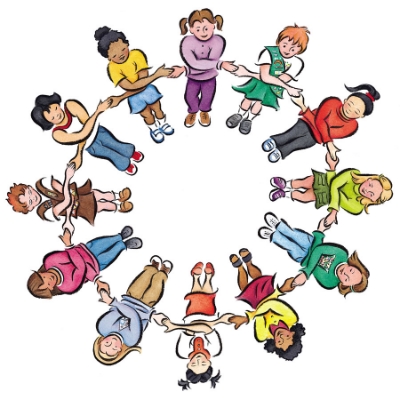Language In Movement: Dance and Language Go Hand In Hand
My entire adult life has been split between two worlds: one artistic and the other academic. I’ve been teaching dance since I was 20 and have always enjoyed it, but while I didn’t know it at the time, I was only a year and half away from teaching my first French language class at WVU. These two interests existed side by side for me throughout the completion of my Masters degree and my PhD in French, but as I learned more about foreign language pedagogy, I found that successful strategies for teaching movement to children overlap extensively with literacy based foreign language pedagogy.
For the last five years, I’ve been mulling over the similarities between movement and language. Why do these teaching methodologies overlap so strongly? How can I apply what I know about language learning to teaching movement and vice versa? I’ve come to believe that movement is language, that the teaching strategies overlap because the subject matter overlaps. Both are a means of expression, both have their own cultural markers, their own communities, their own structures, and both remain in a constant state of evolution.
All of these conclusions have inspired me to create a program where movement literacy and language literacy go hand in hand, where children can be exposed to a foreign language through movement.
The program will include vocabulary building, language use activities, and conceptual activities that focus on specific linguistic structures. For example, while working on rhythm and coordination, the teacher will lead the dancers in tapping and repeating the names of different body parts, eventually combining these taps into different patterns that require increased patterning skills and coordination. By linking the movement to the repetition of the vocabulary, the dancers are able to more easily remember and identify these body parts.
Language use activities will engage dancers in a more social exploration of the language. For example, as they move about the room practicing a specified movement task, dancers will learn to use simple greetings in the target language to say hello, introduce themselves, and say goodbye before dancing away to meet another dancer.
Conceptual activities will allow dancers to experience the structural aspects of language that younger language learners might find difficult in a standard classroom experience. Prepositions of location such as under, over, beside, through, and on top of can be learned through the use of the dancers’ own bodies and through the inclusion of simple props. For example, by dividing the dancers into partners each group can practice the skills as the teacher and assistant introduce the prepositions. One partner can then call out a preposition for the other dancer to show through movement.
When asked whether foreign language learning should start earlier in the United States, experts point to the many benefits of early language learning. "Children who learn a foreign language beginning in early childhood demonstrate certain cognitive advantages over children who do not. . . . Additionally, foreign language learning is much more a cognitive problem solving activity than a linguistic activity, overall. Studies have shown repeatedly that foreign language learning increases critical thinking skills, creativity, and flexibility of mind in young children. Students who are learning a foreign language out-score their non-foreign language learning peers in the verbal and, surprisingly to some, the math sections of standardized tests. This relationship between foreign language study and increased mathematical skill development, particularly in the area of problem solving, points once again to the fact that second language learning is more of a cognitive than linguistic activity." See more at: http://www.actfl.org/advocacy/discover-languages/for-parents/cognitive#sthash.pBnYJARA.dpuf
We’re excited to be developing a groundbreaking program like Language In Movement at Artistry House. Look for our pilot program to begin this summer with evening classes and 5/6 Year Old Language In Movement Summer Enrichment Program. We hope to offer a full range of Language In Movement classes at Artistry House starting in Fall 2015!

